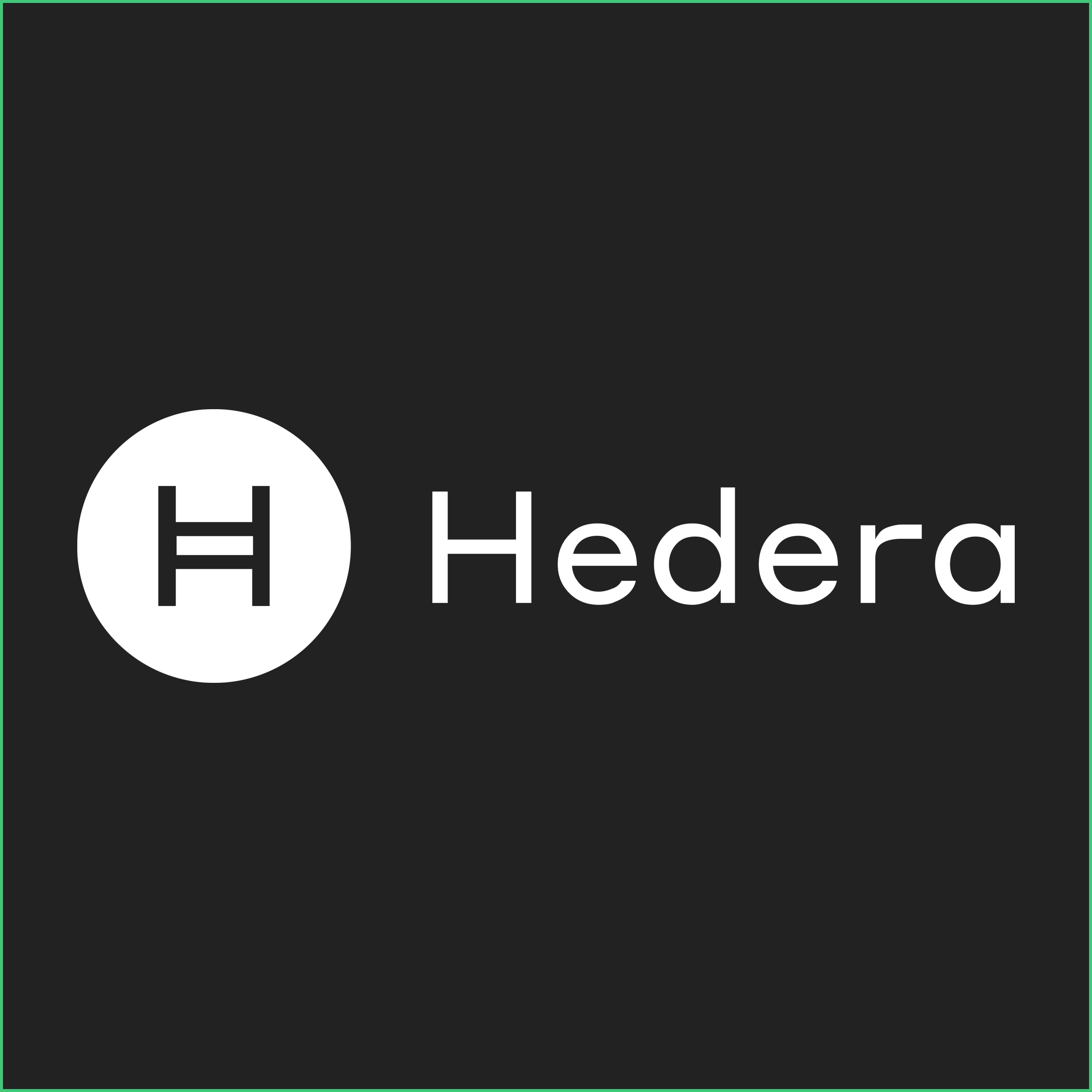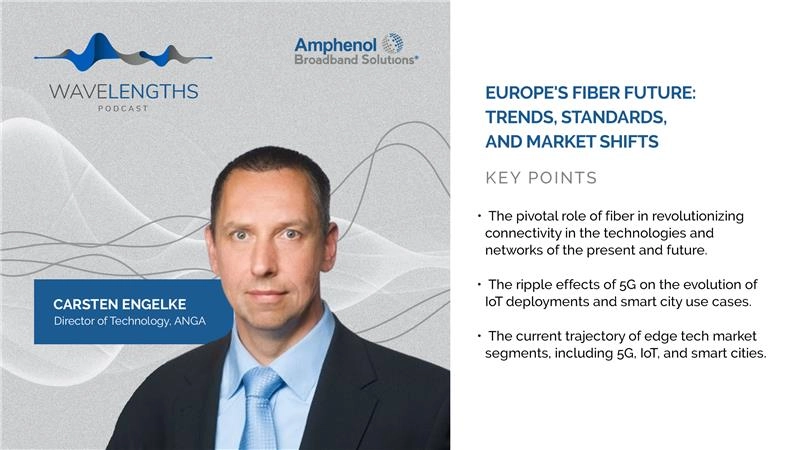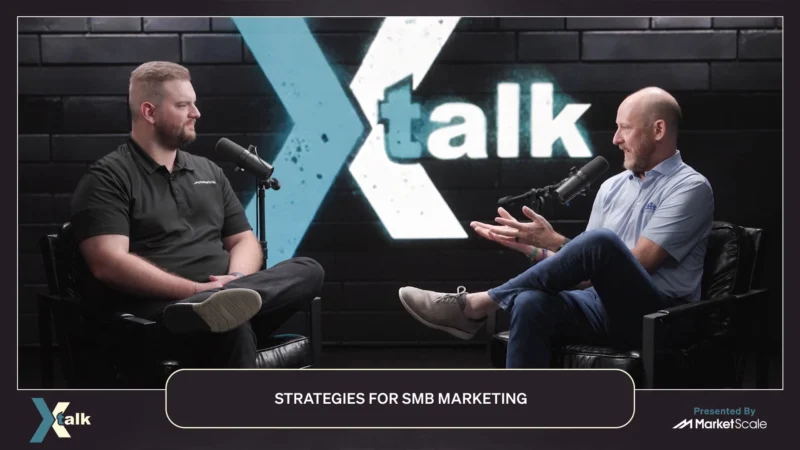AAA Game Khosmium’s Experience Moving to Hedera
Blockchain games are an increasingly growing and popular form of gaming, and an additional aspect to the rapidly expanding cryptocurrency world. But trading within the game and making purchases comes with a lot of safety concerns and increased calls for distributed ledger technology (DLT). Because trading and making repeated transactions is a necessary part of the AAA game such as Khosmium, Hedera is considered the go-to best option for these worries.
How has the move to Hedera been for the AAA game Khosmium?
The latest Gossip About Gossip episode discusses this, as host Zenobia Godschalk interviewed Mark Diego, the Product and Marketing Manager of Khosmium, about the demands that blockchain requires, but also why moving the AAA game Khosmium to Hedera was the best option for safer functionality for the game.
Godschalk and Diego talked about…
- What qualifies as illegal and legal in trading game trading assets
- The types of transactions gamers tend make within the Khosmium game
- Hedera’s ecosystem being the driving point behind Khosmium’s move
“The most important thing of the game is to make it fun, and that’s why we had in mind that, first of all, we need to focus on gameplay and then focus on Web3 features to increase the fun in the gameplay; and that’s why we looked for a blockchain that suits us up, and we found first Solana, but then we found Hedera with their ecosystem, which they help us a lot. Hedera’s been great to us. They show us different partners, so we can work with them. For example, with HashPack, we’re working with them to give more features to the players to make it easier,” said Diego.
Mark Diego is the Product and Marketing Manager of Khosmium at Mindiff Technology. He’s been with the company for seven months and is the Founder of Gaming Machine Digital. He is an alumnus of the Complutense University of Madrid.




